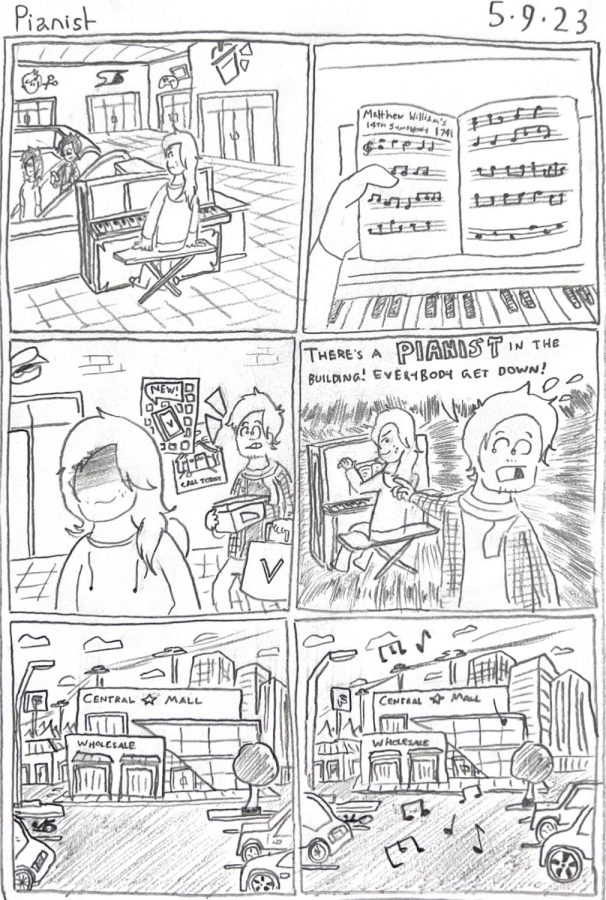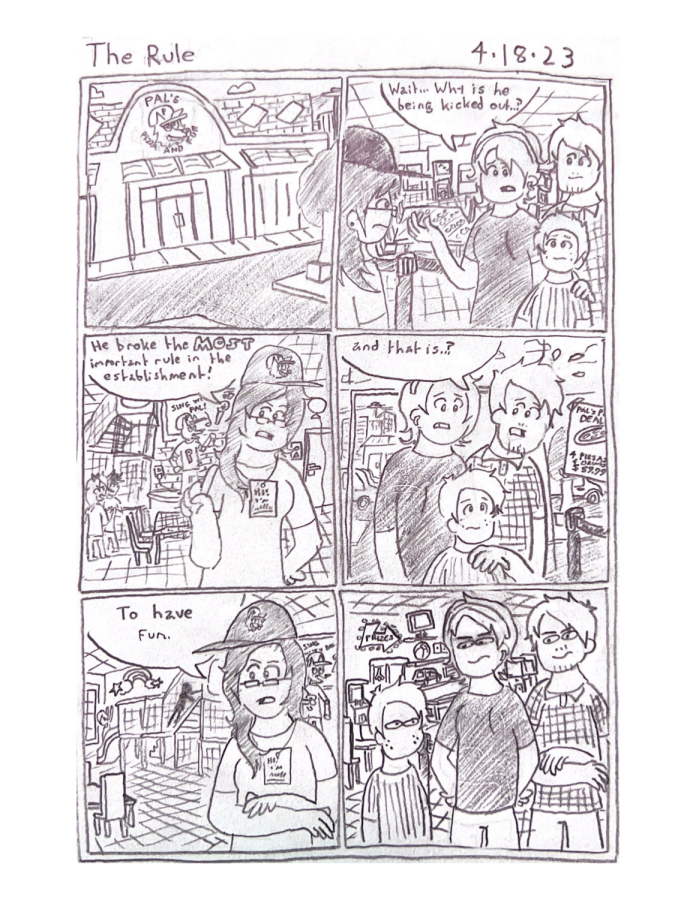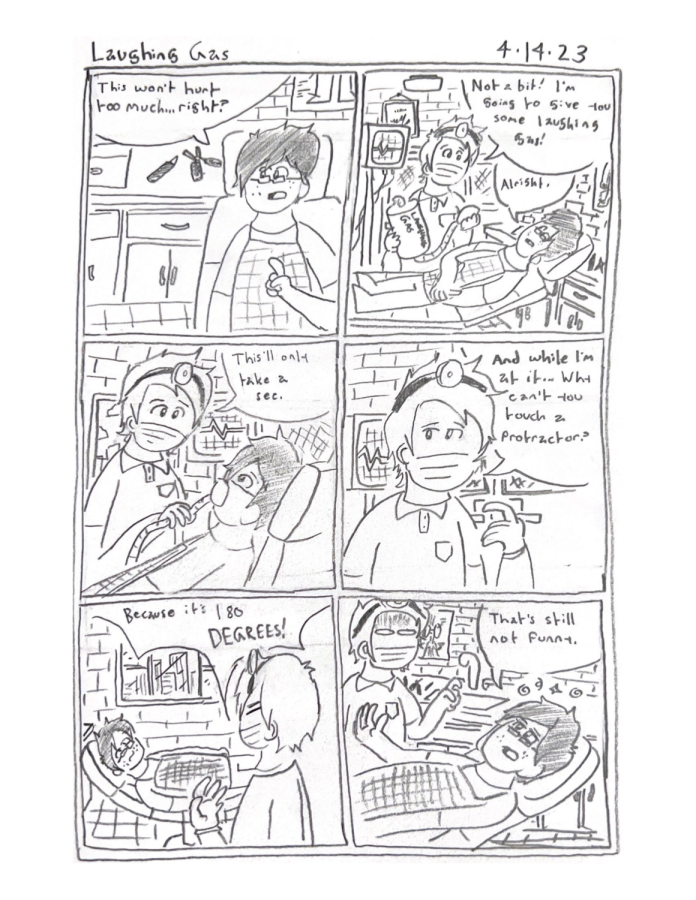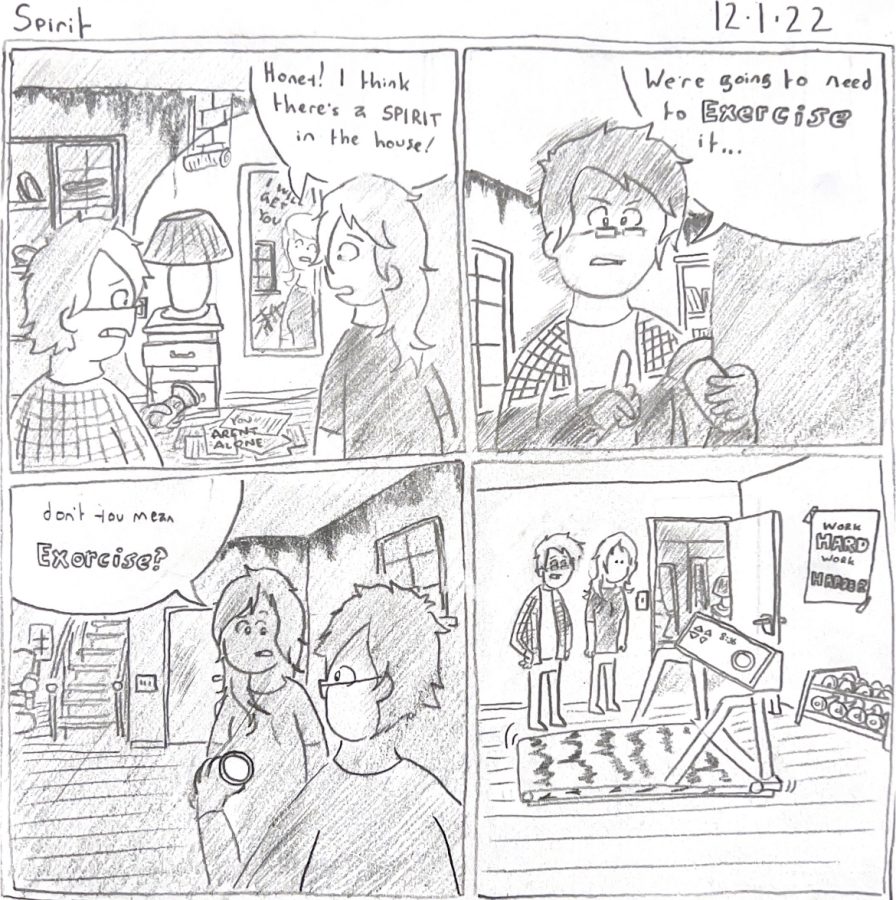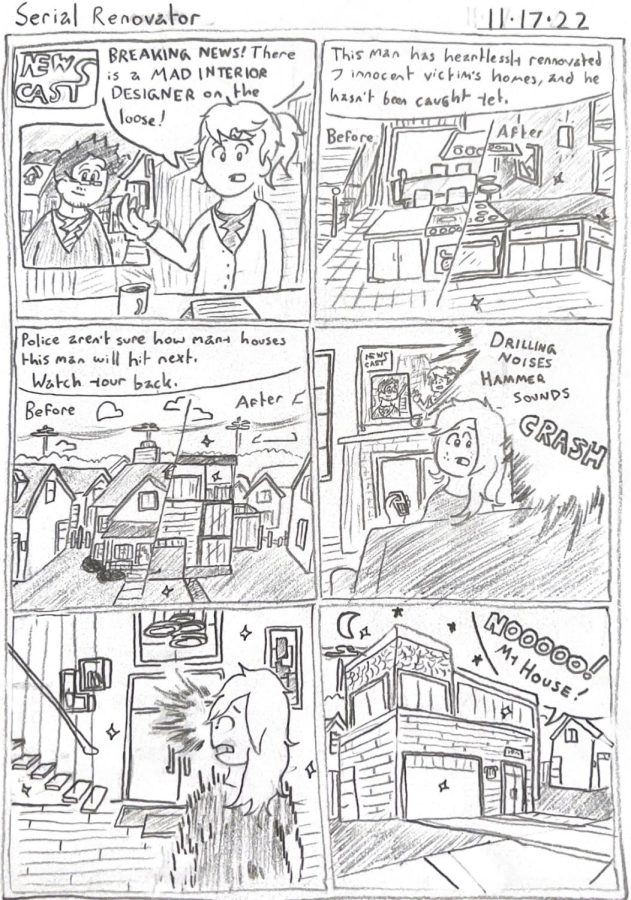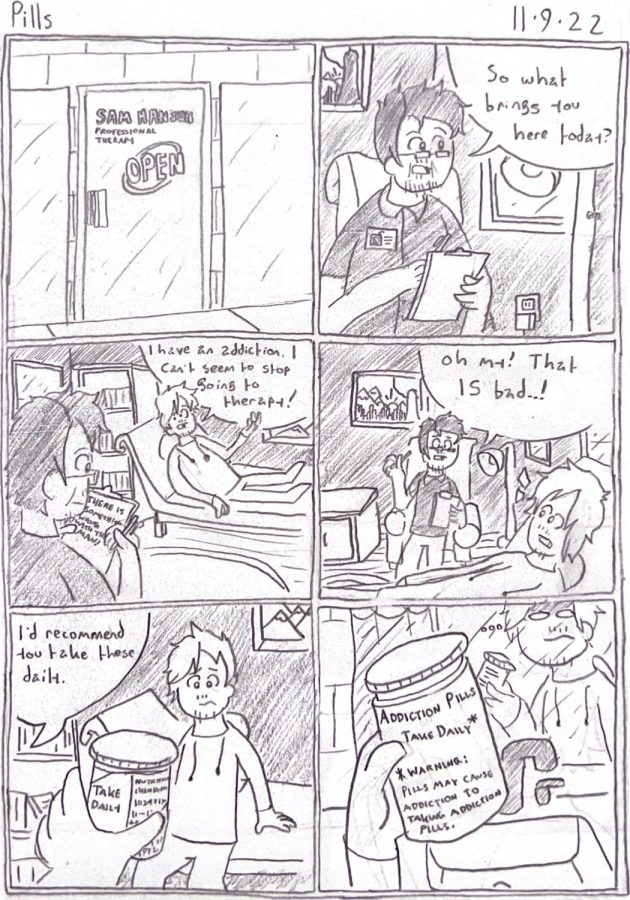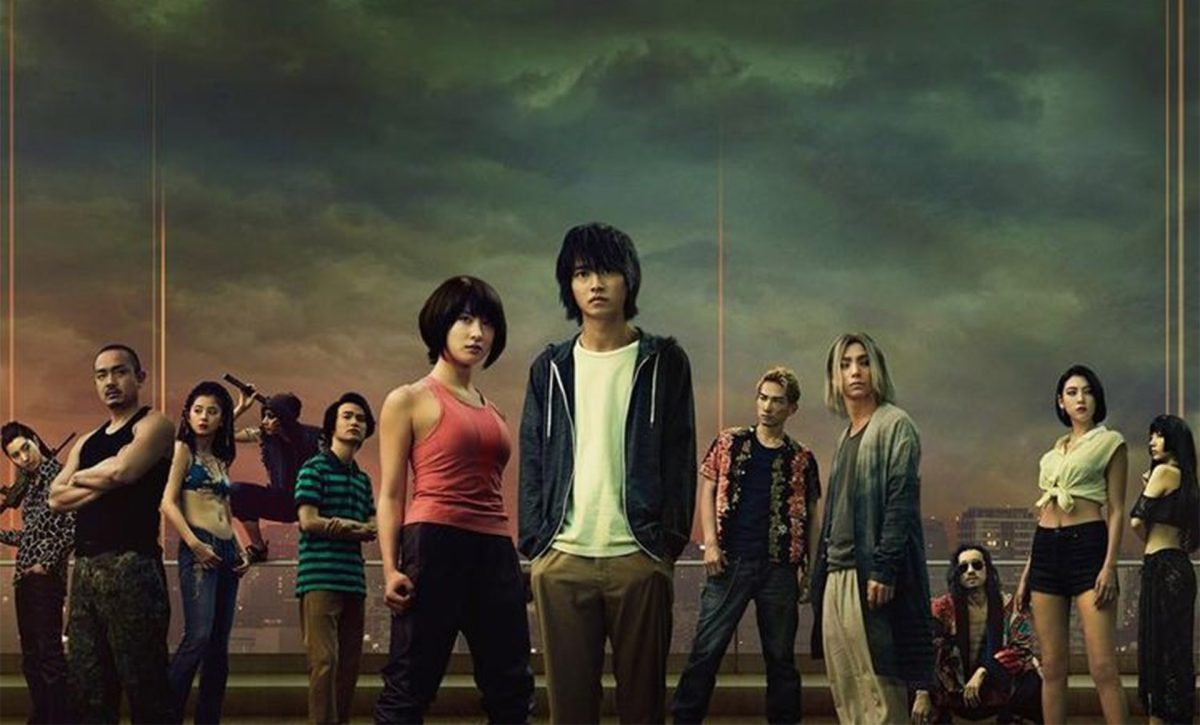Back in middle school, I was a co-conspirator in numerous ploys to get my friend’s crush to like her back. These plans ranged from writing stories to art to quite literally stuffing Minecraft pick up lines into a locker.
Similar to Meilin (Rosalie Chiang) in Domee Shi’s “Turning Red” and her suggestive drawings of the boy at the corner store, Devon.
Turning Red is best summarized as a thirteen-year-old girl torn between her mother’s dutiful daughter and the changes of adolescence. In other words, the story follows Meilin – Mei to loved ones – on her path to accepting the intense emotions, and often awkward situations, that come with growing up.
Turning Red can be a metaphor for a girl starting menstruation – there’s a scene in which Mei’s mother, Ming (Sandra Oh), believes this to be the case after Mei starts acting all dodgy and cagey and hiding in the bathroom. Little does she know this is because she’s turned into a giant red panda, not because of a little blood.
This is a similar reaction for a lot of girls getting their period for the first time – feeling awkward or embarrassed; not knowing entirely what to do but being afraid to ask for help because no one really prepared them for it.
I was lucky enough to have a bit of knowledge regarding menstruation because of friends who started before me. This is similar in Turning Red as well; Meilin’s friends are there to help her.
The film does amazing exploring the turn into adolescence with not only what’s it’s like having crushes, but when fights with friends are over more mature things – like not having enough time for each other instead of who gets to play with what toy.
Mei’s friends – Miriam (Ava Morse), Priya (Maitreyi Ramakrishnan), and Abby (Hyein Park) – are hurt when Mei pushes them away out of fear for how they’d react to her red panda state. They reconcile when Mei reveals it to them, and she finds a source of comfort in her friends as well and imagines them when she grounds herself. Similarly, I remember girls being each other’s make shift therapists back then and heart to hearts weren’t unheard of.
The Lee family is a Canadian-Chinese family centered in Toronto, Canada, and does well by not reinforcing negative stereotypes. Every main or supporting character is fleshed out and is possible to relate to.
This Pixar film is a very nice change of pace from its usual male-centric story lines and characters. Additionally, a large part of the productions team consists of women; the film is directed by aforementioned Domee Shi and is produced by Lindsey Collins. The story and screenplay written by Shi and Julia Cho, and Sarah Streicher.
The animation style is a reflection of the short film “Bao” released in 2018 and premiering at the Tribeca Film Festival. This was Domee Shi’s first independent film, and while only eight minutes, had a large impact. She was the one of the first female director in the male dominated industry of animation.
Turning Red’s animation style in particular is infused with interludes of anime and comical motifs, which give the film a more energetic and feminine air. The film itself has a 95% rating on Rotten Tomatoes and is seen as radical for its menstruation analogy and female view.
I’d recommend this film to anyone. It brought me to tears the first time I watched it and I believe that I can be relatable to anyone who experienced turning into an adolescent, female or not.




